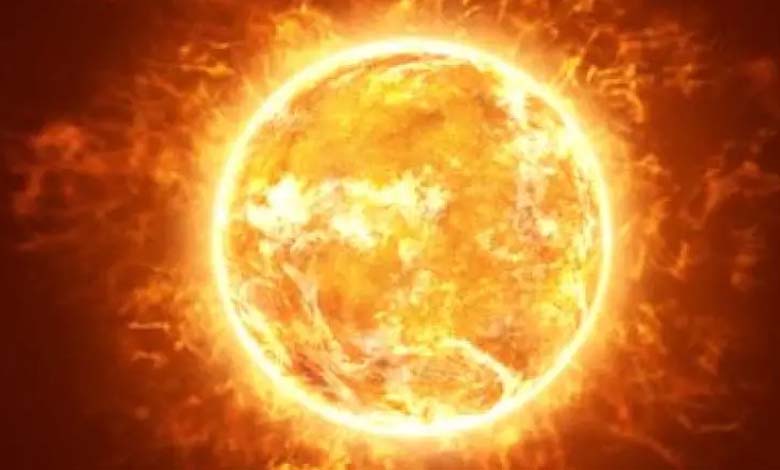2024: The year of the grand solar display… What’s happening?

A study has revealed that the sun is approaching the peak of its activity in the current 11-year cycle, predicting the date of the most frequently occurring space weather disturbances in 2024.
The peak of the current cycle is likely to occur in early this year, with uncertainty extending until September 2024, according to the recent study published in the Monthly Notices of the Royal Astronomical Society: Letters.
Scientists state that the sun goes through a cycle roughly every 11 years, reaching the peak in the number of sunspots and the density of solar activity. This increases the likelihood of severe space weather disturbances that can impact Earth.
According to The Independent, solar storms can cause significant damage to satellites in orbit, power grids, and communication systems on the ground, leading to various types of power outages on the planet.
Scientists from the Indian Institutes of Science Education and Research (IISER) in Kolkata discovered a new link between the sun’s magnetic field and the solar sunspot cycle, which could help predict the time the sun reaches its maximum activity in the current solar cycle 25.
The sun is composed of hot ionized gas called plasma, and its flows and thermal loads form magnetic fields inside the sun, including intense magnetic areas appearing as dark sunspots.
In some cases, when the magnetic fields on sunspots become disrupted, it can lead to the release of solar magnetic storms such as flares or coronal mass ejections (CMEs), containing intense radiation and massive amounts of plasma that are ejected into space.
Such coronal mass ejections can cause a range of disruptions in the electronic system of humanity when directed towards Earth.
Previous research has also shown that the approximately 11-year solar cycle is produced by a physical process that generates the sun’s magnetic field called the dynamo mechanism, driven by energy from plasma flows inside the sun.
For decades, scientists have known that the faster the ascent rate of the solar sunspot cycle, the stronger its intensity becomes, meaning that stronger cycles take less time to reach their peak intensity.
Now, scientists have found that monitoring the decline rate of the sun’s bipolar magnetic field can be combined with monitoring sunspots to predict the time the ongoing cycle reaches its peak.
The team says that this could help predict when solar activity will be most intense this year, providing a timeframe for anticipating the most common space weather disturbances.












